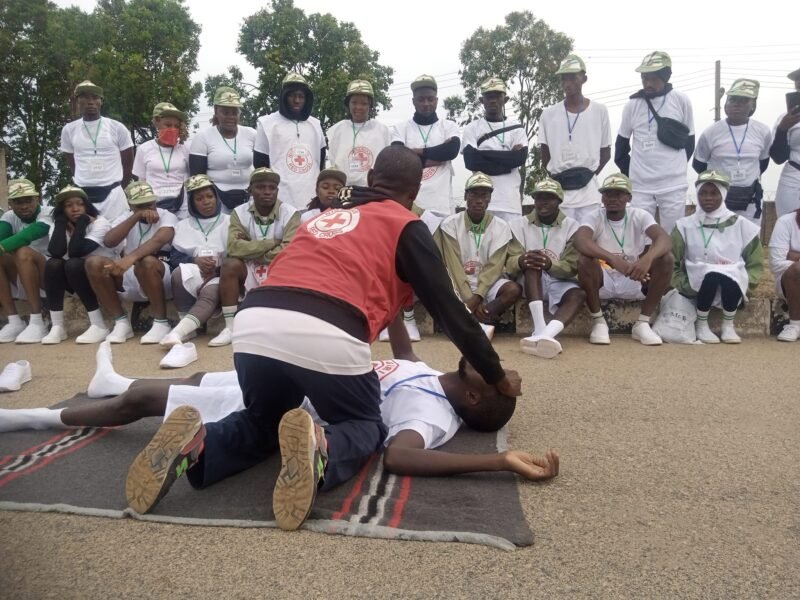The National Youth Service Corps (NYSC) in Nigeria typically operates three batches every year- Batch A, Batch B, and Batch C. Each batch is further divided into two streams (Stream 1 and Stream 2) to manage the large number of graduates mobilized for service. This means there are usually six orientation camps in total within a year.
Understanding these batches and streams is important for prospective corps members, as it helps in planning, registration, and preparation for service. In this article, we will explain how the NYSC batches are structured, when they usually hold, and what each prospective corps member should know before their turn comes.
NYSC Batches in a Year
NYSC typically has three main batches in a year, labeled as Batch A, Batch B, and Batch C. However, in recent years, Batch C has been further split into two streams—Batch C Stream I and Batch C Stream II—due to the increasing number of graduates. Below is a breakdown of each batch:
1. Batch A
Batch A is the first set of corps members mobilized in the year. They usually begin orientation in March or April, depending on the NYSC calendar. This batch is often smaller compared to others, as it includes graduates who missed the previous year’s mobilization or those whose institutions submitted their names early.
2. Batch B
Batch B follows Batch A, with orientation camp activities holding around June or July. This batch is usually larger than Batch A, as more institutions release results during this period. Many graduates who complete their studies in the first half of the year fall into this batch.
3. Batch C (Stream I & Stream II)
Batch C is the last batch for the year and is divided into two streams due to the high number of participants.
-
Stream I starts orientation in October or November.
-
Stream II follows shortly after, often in November or December.
This division helps NYSC manage the large number of graduates effectively, ensuring that camp facilities are not overcrowded.
Why NYSC is Divided into Batches
-
Efficient Management
Handling all graduates at once would be chaotic. Dividing them into batches allows NYSC to manage resources, camp facilities, and logistics properly. -
Institutional Academic Calendars
Universities and polytechnics in Nigeria have different academic schedules. Some schools release results earlier, while others delay. The batch system accommodates these variations. -
Reduced Overcrowding
NYSC orientation camps have limited space. Splitting corps members into batches prevents overcrowding and ensures better camp experiences. -
Staggered Deployment
Graduates are posted to different states for their primary assignments. Dividing them into batches ensures a balanced distribution across the country. -
Employment and Labor Market Absorption
Releasing corps members in batches allows for smoother absorption into the labor market, preventing a sudden surge in job seekers at once.
Conclusion
NYSC organizes its mobilization into three main batches—A, B, and C—with Batch C further split into two streams. This system ensures effective management, reduces overcrowding, and accommodates varying academic calendars. Whether you’re in Batch A, B, or C, each batch follows the same NYSC structure: three weeks in camp, one year of service, and a final passing-out parade.
Understanding the batch system helps prospective corps members prepare adequately and know when to expect their call-up letters. No matter the batch, the NYSC experience remains a unique and transformative phase in a Nigerian graduate’s life.







